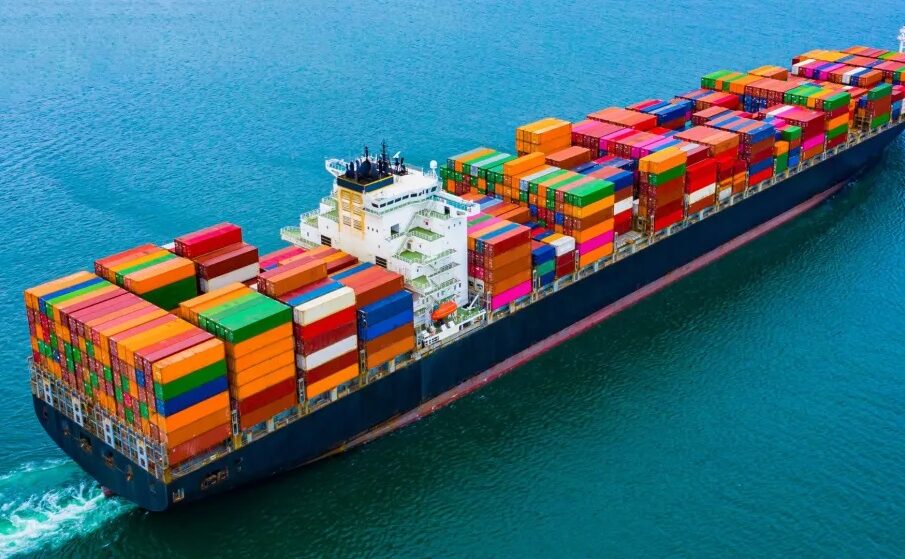
Shipping cargo containers, those standardized rectangular steel boxes, are the unsung heroes of the global economy. They facilitate the efficient movement of vast quantities of goods across continents and oceans, revolutionizing international trade.
The Anatomy of a Shipping Cargo Container
- Standardized Dimensions: The majority of Shipping Cargo Container are either 20ft or 40ft long, with precise exterior measurements allowing for seamless stacking and transport on ships, trains, and trucks.
- Steel Construction: Made of durable, weather-resistant Corten steel, they withstand the rigors of sea travel and harsh outdoor environments.
- Corner Castings: Protruding metal blocks on each corner enable secure interlocking, lifting, and handling by specialized machinery.
- Doors and Seals: Heavy-duty doors at one end with locking mechanisms and rubber seals ensure a watertight environment for cargo.
- Internal Flooring: Most containers feature wooden floors attached to the steel frame, providing a level surface for loading goods.
Types of Shipping Cargo Containers
Beyond the standard dry cargo container, several specialized types exist:
- Refrigerated Containers (“Reefers”): Maintain temperature-controlled environments for perishable goods like produce or pharmaceuticals.
- Open-Top Containers: Allow for loading of oversized cargo that extends above the container’s height.
- Flat Rack Containers: Feature collapsible sides for transporting bulky items like machinery or construction materials.
- Tank Containers: Designed for carrying liquids in bulk, safely contained within a steel framework.
The Role of Shipping Cargo Containers in Global Logistics
- Cost-Efficiency: Containerization reduces handling costs and streamlines loading/unloading due to their uniform size and mechanized transport.
- Intermodal Transport: Containers transfer easily between ships, trucks, and trains, creating a seamless flow of goods across different transportation modes.
- Protection of Cargo: Containers safeguard contents from damage, theft, and exposure to the elements during extensive journeys.
- Standardization: Universal dimensions and specifications for containers enable the smooth functioning of global shipping networks and infrastructure.
- Speed and Efficiency: The ease with which containers can be stacked and moved has significantly expedited cargo shipping times.
The Environmental Impact of Shipping Cargo Containers
While immensely beneficial to trade, container shipping has environmental considerations:
- Manufacturing Footprint: The production of steel containers contributes to carbon emissions.
- Repositioning Empty Containers: Transporting empty containers to areas in demand adds to fuel consumption and emissions.
- End-of-Life Disposal: Strategies for responsible recycling or repurposing of decommissioned containers play a role in the industry’s sustainability efforts.
The shipping cargo container is a marvel of logistical engineering. Its unassuming appearance belies the pivotal role it plays in facilitating global commerce. As the industry grapples with environmental concerns, innovations in materials, fuel efficiency, and container repurposing will shape the future of this essential tool.
Amazon agencies’ role in product research and development
October 26, 2024
Comments are closed.






